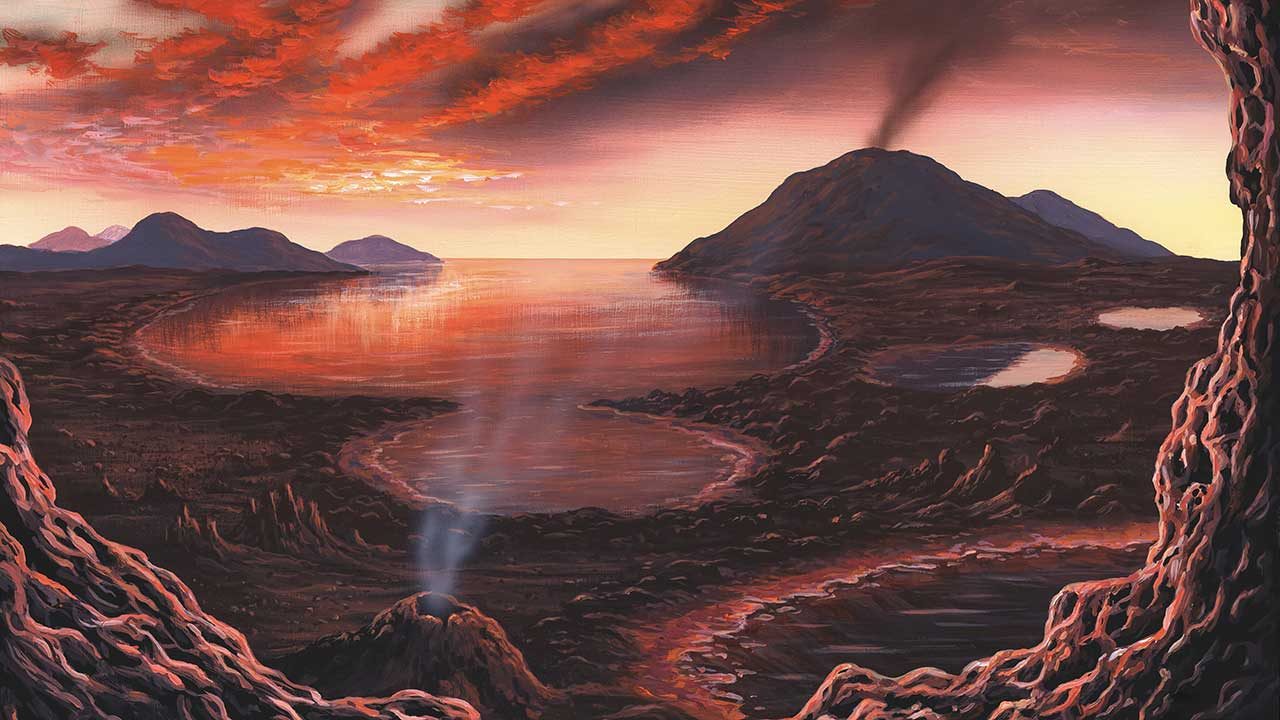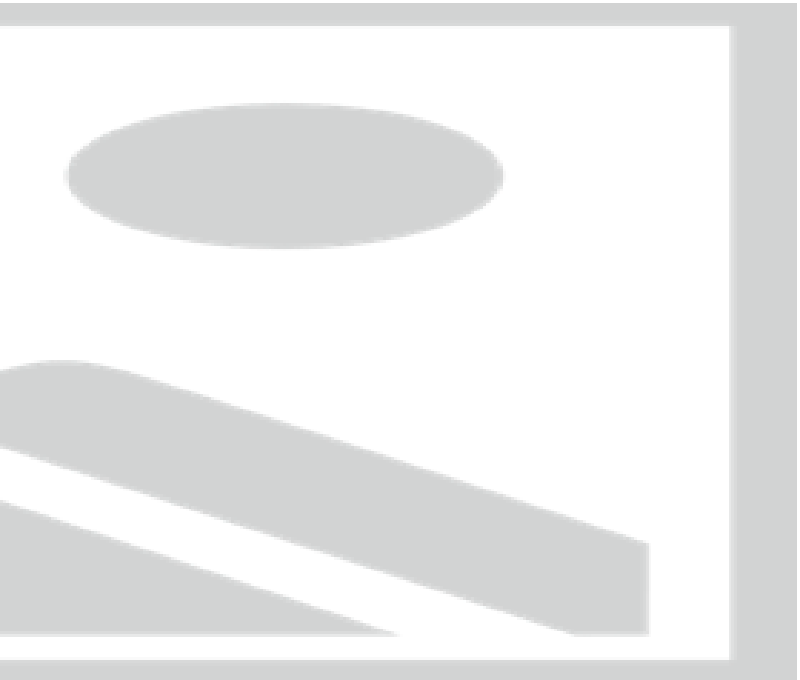Helloooo,
I swear to God one of these days I"m gonna put the wrong number of Fs in the subject. Every email I have to check them about 4 times.
ANYWAYS.
Let’s get a good fact going.
I thought today we could take a little look at The Beginning Of Life (ahhhhh). It sounded serious enough to be capitalised.
Now there’s a thing we like to use in biology called Cell Theory and it has three key components :
All organisms are composed of one or more cells
Cells are the basic unit of life All cells arise from pre-existing cellsWait a second. Hold the (cell) phone. Look at that last one.

All cells arise from
pre-existing cells
But what about the first ever cell ? There must have been one somewhere. At some point we had lovely LUCA (our Last Universal Common Ancestor) who was the parent of every single organism that has since come to live on this luscious planet.
We reckon that the first ever living “thing” originated about 4 billion years ago. For context, the Earth is estimated to be about 4.54 billion years old yep doesn’t really help does it. How about this. If you took all of Earth’s history and condensed it into a single calendar year (Clare you have yet to build me a special room for this) — life would begin on the 25th of February.
Homo sapiens appears at 23:36 on the 31st of December. And we think we’re so important.
Anyways, we have a rough idea of when but the biggest questions are HOW and WHERE it happened.
Did life originate on Earth or did it come from an extra-terrestrial source? That’s not as far-fetched as it might first sound — we have found meteorites that contain complex organic molecules like amino acids and nucleotides (which make up DNA).
Did life come about just once ? Maybe there isn’t just one LUCA?!
It’s all pretty speculative, but this is our best idea and it’s called the prebiotic soup hypothesis.
I know prebiotic soup sounds like some horrific concoction that you"d find in a caf run by Deliciously Ella , but actually what we mean here is oceans that were rich in simple organic molecules.
These can quite easily form from atmospheric gases (like your ammonia , methane and water vapour) that are hit by UV light and lightning (there were A LOT of storms on early Earth — she was quite an angry and inhospitable environment she got better once the volcanoes settled down a bit).

Once you have these simple organic molecules they can start combining with each other to form some slightly more complex ones. This gives us amino acids (these ones are the building blocks of proteins), nucleotides (the ones that make up DNA) and sugars.
These more complex molecules then started to attach to each other to form chains of polymers. We think that by sheer chance one of these polymers was formed and it was able tocatalyse its own replication. As soon as you can increase the speed of your own production you are going to DOMINATE in a soup that’s full of passively floaty floating molecules.
Then, if (through random changes — or mutations) this process became faster, then those molecules would do even better.
In this way you have the very beginning of natural selection taking place. Whatever can make itself the fastest will become dominant in the environment. That’s essentially natural selection in a nutshell (sorry Darwin).
But Flora — I hear you cry — these are just autocatalytic entities floating around in soup!
Good point. We’re missing something very important here.
Membranes , bitch.
Membranes are fantastic because they can spontaneously self-assemble (IKEA please take note). They are made up of little molecules called amphiphiles. This is because they have two very different ends — a tail that HATES WATER (it’s hydrophobic af) and a head that LOVES WATER ( hydrophilic — now that’s relatable).
This means that in a very watery environment they are happiest when they look like this:

All the hydrophobic ends face inwards so they protect each other and all the hydrophilic ends face outwards to get their faces in that sweet, sweet H2O. This is what all of the membranes in all of our cells look like well they look a bit less like a terrifying number in a sperm cell musical , but you get the gist.
Now this whole process does actually happen when you replicate it experimentally.
If you put nucleotides and lipids (these are a key part of those little sperm) together and heat themand concentrate them for long enough you get vesicles (like the one in the picture above) that contain molecules of RNA. This is why we think that those first self-replicating polymers were made up of RNA. Now, RNA is like DNA but uses a different type of sugar called a ribose — hence the R in RNA — and we think that life started out using this instead of DNA.
And BOOM.
There was life.
Well — what we define as life. In order to count as life a molecule needs to be able to:
Store information (RNA can do this in the same way DNA can)Adapt/mutate (again — yep RNA can do that)Catalyse reactions (yes we saw how it can catalyse its own production)Replicate itself (oh yep that one’s good too)Sense the environment (this is a bit more complex and involves something called riboswitches but just trust me that yes it can happen!)
And well. That’s life.
We did it. Let’s make a cup of tea.
I know this one was a little heavy on the science so thanks for sticking it out if you did!
Lots of love,
Flora

